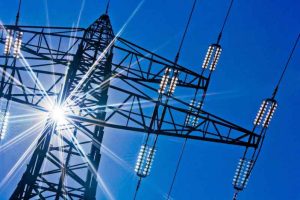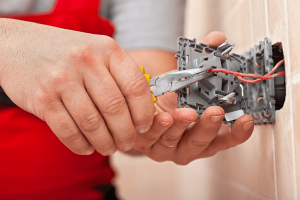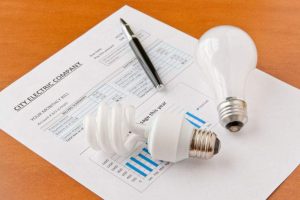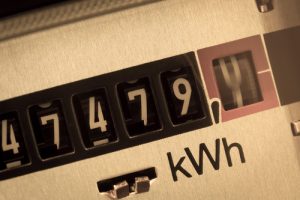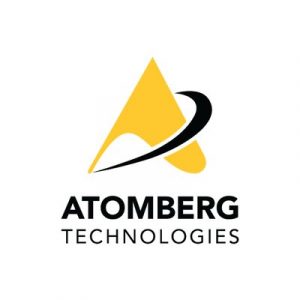Measuring electricity consumption of home appliances and doing self audit
Knowing the electricity consumption of appliances is always the first step towards saving electricity. And before one starts a project to reduce electricity in home or office, it is very important to measure the electricity consumption of appliances. But the question comes, how do you measure the appliances? In this article we will tell you how we used a simple single phase meter to do some sample audits. We purchased a single phase energy meter for a nominal price and got it fabricated so that it was convinient to connect it in series with the appliance and the plug point. We have conviniently used this to measure most of the appliances. Once you have the measurements and you know the pain areas, you can always come back to this site to check how you can reduce your electricity consumption on a specific appliance.
Using a Single Phase energy meter
All smaller appliances up to 4-5 kW at home can be measured easily using a single-phase energy meter. You may have a three-phase connection, but most plug points have a 240 V connection and they draw 5-15 Amp current. A single-phase energy meter would cost you from Rs 300-Rs 1500 (depending on the functionalities in the meter). On top of the meter you would need some fabrication as shown in the picture on top of the article, which would cost you a couple of hundred more. The meter can be connected in such a way that it has a 5-15 Amp plug point on top and a plug connected to it that will go in the plug point of the appliance. Once you have the device ready, you simply need to put the plug of this new device in the plug point and the plug of the appliance on this device and monitor the reading for some time. Measuring the appliance for one day can give good idea on how many units the appliance consumes in a day and the same can be extrapolated to get the units for a month. Once you have monthly units of all the appliances, you can evaluate if any specific appliance is consuming less or more and you can take action accordingly.
Please note that such device should always have ability to put both 5 and 15 amp plugs. Also it is better to have 15 Amp plug for the device as a 15 Amp plug can be downgraded to 5 Amp using 15 Amp to 5 Amp converter, but a 5 Amp cannot be upgraded to 15 Amp.
Using a Three Phase energy meter
Three phase energy meters are difficult to get in the market (although it is not impossible). But the good thing is that they are required only when measurements are to be taken of big motors connected to a three-phase connection. We had to use such meters to take measurements of pumps and elevators in residential societies. Also they cannot be handled in an easy way as we did it for a single-phase meter. As most pumps are connected directly to the mains through a switch, it becomes difficult to introduce a meter with a plug point. In such cases it has to be connected directly. In some cases a CT (or a current transformer) is also required if the current drawn is high or the horsepower/wattage is high. Cost of a Three Phase meter is higher than of a single-phase meter but still it can be obtained in the same range as mentioned above for single-phase meter.
Please note that one may think that it is futile to spend a few hundred bucks on a device that will be used once. But such a device can be handy from time to time to figure out electricity consumption of appliances as you add more appliances and as the tariffs increase. It is important to know where you are spending to figure out where and how to act.
About the Author:
Abhishek Jain is an Alumnus of IIT Bombay with almost 10 years of experience in corporate before starting Bijli Bachao in 2012. His passion for solving problems moved him towards Energy Sector and he is keen to learn about customer behavior towards Energy and find ways to influence the same towards Sustainability. More from this author.

